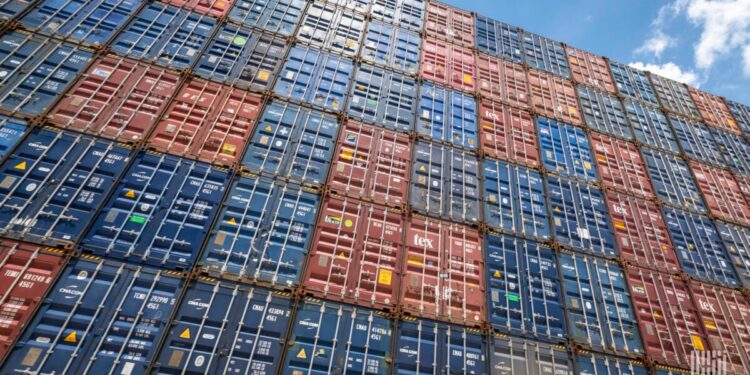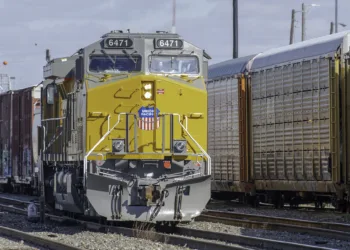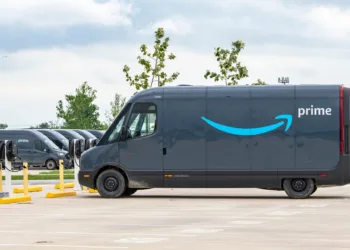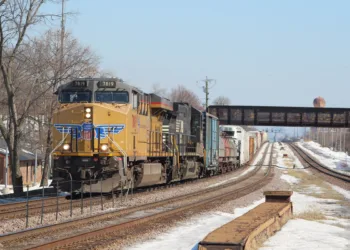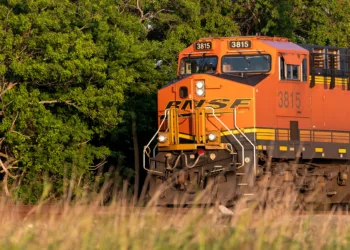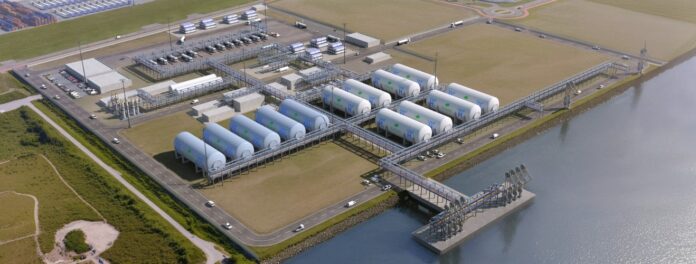In two weeks, the current labor contract between the International Longshoremen’s Association (ILA) and the United States Maritime Alliance (USMX) is set to expire. More than 70,000 dockworkers across 36 East and Gulf Coast ports from Maine to Houston may strike, potentially bringing a critical segment of the domestic supply chain to a standstill.
In addition to the union’s demand for higher pay, one of its major complaints is the USMX’s investment in automation.
The alliance of employers, carriers and port operators at the East and Gulf Coast ports has stated that it plans to “retain its existing technology language that created a framework for how to modernize and improve efficiency while protecting jobs and hours” of ILA members. But the longshoremen union held off early summer negotiations due to autogates being used at one of its ports in Alabama.
Does the autogate concern hold merit?
The ILA said in June that it had recently discovered that APM Terminals and Maersk Line had been using an autonomous gate system that processes trucks in and out of the Port of Mobile without use of ILA labor, although sources have reported that the autogate system had been in use at the facility since 2008 – over two contract periods ago. The union also expressed concerns about the technology being used at other USMX-represented ports.
The ILA-USMX 2018 master contract states that “there shall be no fully-automated terminals developed and no fully-automated equipment used during the term of this Master Contract,” defining fully automated as machinery or equipment involving no human interaction.
According to sources cited in an article by The New York Times, the autogate currently being used in Mobile is not fully automated. ILA members there manually check the work of the autogate. This would be considered semi-automated technology, which, according to the current master contract, can be installed so long as it is approved and processed by the ILA’s New Technology Committee.
Neither the ILA nor USMX responded in time for publication to FreightWaves’ requests to clarify whether the autogates were approved by the technology committee at the time of installation.
Could automation hurt ILA jobs?
The ILA’s concerns about automation and technology updates in ports stem from the potential threat these innovations pose to dockworkers’ jobs. Historically, the ILA has fiercely opposed the automation of port operations, dating back to the introduction of containerization, which drastically reduced the need for manual labor.
Related: Half a century later, ILA returns to strike mode
Given this context, the ILA’s stance is clear: It views automation not just as a modernization tool but as a direct challenge to the livelihoods of its members. This is why the ILA has strongly opposed technological updates that bypass union labor, positioning itself against any advancements that it believes could reduce its workforce and weaken job security.
Proponents of the technology argue automation could create new roles for ILA members, including maintaining, repairing and validating automated equipment. More ILA members also could be needed to support higher port volumes as the automated technology increases productivity.
While the USMX has not offered assurances sought by the ILA of increased production from automation, the union has seen a 15% increase in membership since 2020, while West Coast ports have seen union workers increase by 12% in the same period as both regions have increased investment in automated machinery.
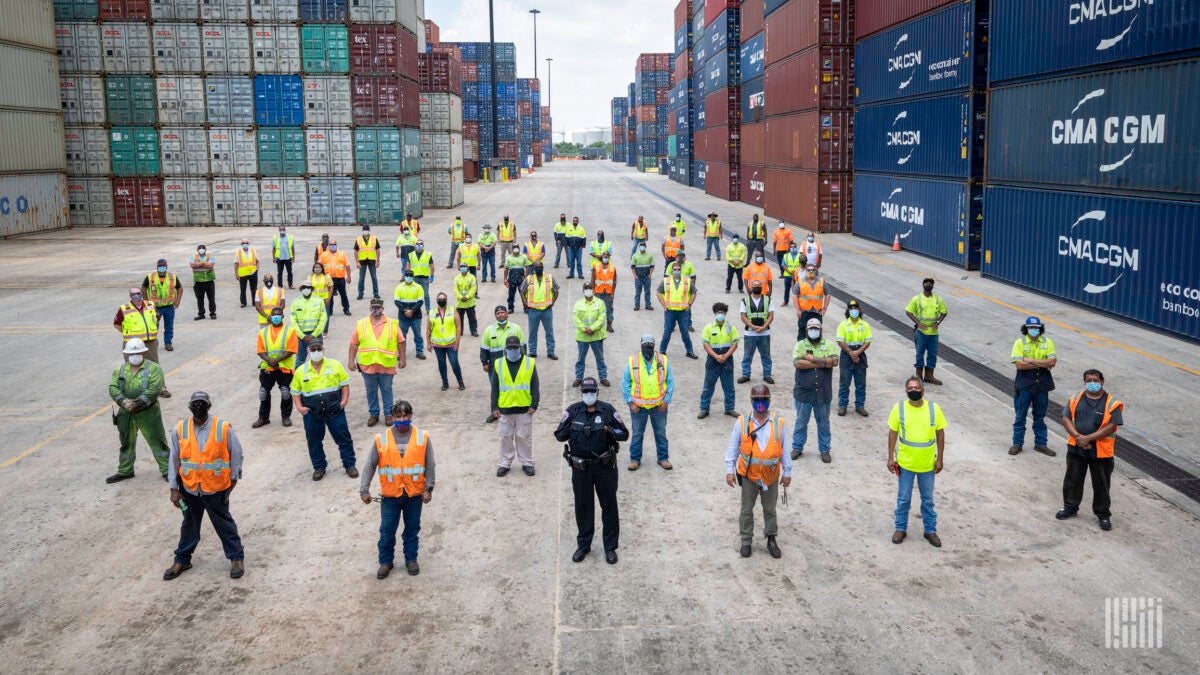
A recent Government Accountability Office (GAO) report, initiated under a provision of the Ocean Shipping Reform Act of 2022, found automation offers several benefits, including improved worker safety by reducing human-machine interaction and enhanced efficiency through denser container stacking.
However, its effects on port performance and the workforce were mixed.
Some stakeholders reported that automated equipment moves containers more slowly, while others highlighted the creation of higher-skilled jobs and improved working conditions.
The Port of Mobile and its autogate system were part of this study as well.
Future of port automation
In the same GAO report, U.S. port operators stated they face challenges in balancing labor concerns, costs and operational priorities when deciding whether to automate further and now find themselves lagging in innovation when compared with their international counterparts.
While all of the 10 largest U.S. container ports, including two with ILA representation, have integrated automation technology to some extent — such as automated gate systems and cargo handling equipment — this adoption is often less extensive than at foreign ports.
Internationally, ports tend to adopt automation more aggressively, driven by higher container throughput and differing labor markets. While U.S. ports have access to grant programs that could support automation, these programs are not specifically aimed at port modernization.
Consequently, U.S. ports must navigate complex factors in determining the extent and type of automation to implement, which has contributed to their relatively slower pace of adoption.
FreightWaves spoke to an industry expert and investor, Benjamin Gordon, managing partner of Cambridge Capital and BGSA, who said focusing on old strategies can lead to failure in the present.
He believes that the ILA’s resistance to port automation due to past events may lead to missed opportunities for progress.
“Most people end up fighting yesterday’s battles. … By resisting automation, the ILA may believe they are promoting unionized jobs for dockworkers. But in reality, are they simply undermining American competitiveness, bolstering China, boosting costs, and contributing to inflation?” said Gordon.
He pointed out that only one American port is in the top 20 worldwide for volume of twenty-foot equivalent units. Los Angeles is at No. 17. China has 10 of the top 16 locations.
“How many of them do you think are prevented from investing in productivity-boosting technology?” Gordon said. “Perhaps a more effective approach would be for the ILA to join forces with the ports, ocean carriers, trucking firms and shippers. Together they could propose collaborative solutions that acknowledge reality, facilitate adoption of technology in line with the rest of the world and boost American competitiveness. … To pardon the pun, this is a situation where a rising tide lifts all boats.”
Labor strife dominates freight news
Longshoremen strike could hit hybrid port operations in Georgia, North Carolina
Potential port strike a dilemma for Harris
The post Does the ILA have a point in objecting to automation? appeared first on FreightWaves.



